Unprepared disaster preparedness plan marred by slow rescue and relief measures
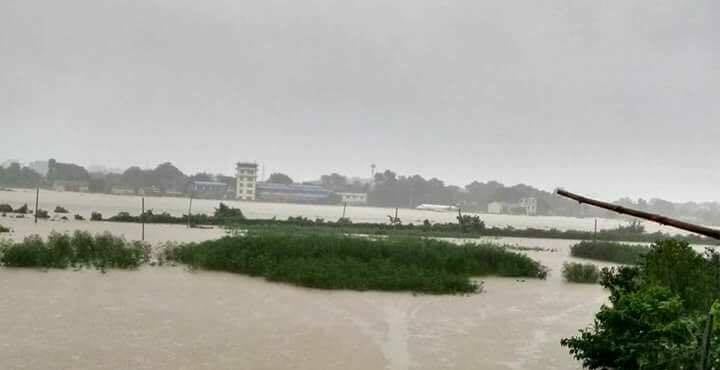
(Manoj Karki)
KATHMANDU - A man cremated his eight months old cousin into the river for lack of ground to bury the minor in his locality severely hit by floods.
The entire family of six, including an expecting mother, drowned along with an ambulance was taking the new-to-be-mother to the nearest health centre for delivery.
One of the busiest airports in the country submerged in flood water right from the entrance to the check-in counter and to the runaway, with a large airplane lying idle in a pool of flood water on the tarmac.
These heart-aching scenes are representative of the devastation and havoc caused by the cloudburst-triggered floods and landslides in majority of the plains of Nepal this late monsoon.
With the death toll climbing to 123 and 35 still reported missing, and thousands of families rendered homeless, the scale of the damage has raised a serious question over the government’s much-touted disaster preparedness plan. With Nepal being one of the most disaster-prone countries in the world, floods and landslides and the subsequent damage has become an annual phenomena in the country. However, the state mechanism is yet to come up with a long-term plan and solution to address something that is so inevitable.
The Home Ministry as well as the Department of Weather Forecasting Division had been sending warning messages, including the SMS about the impending floods in various rivers across the country. However, the people who were likely to be affected had not been prepared for the same. With majority of the people affected by the floods in the Tarai were financially poor, they had no choice but to stay home for lack of any alternative.
The people did not have any higher ground to aim for even if they knew that the floods were coming. Such was the state in some areas in mid-eastern Nepal that a family did not find any soil to bury its youngest member, who had fallen victim to the ill-effect of the rain.
Security personnel as always were in the forefront in rescuing people trapped by floods and affected by landslides, and providing them immediate relief including essential foods and shelter. However, as always, this was only after the people had suffered much- lost their loved ones and their hard earned belongings.
Most of those affected by the floods triggered by monsoon rain are not facing it for the first time. It has become an annual tragedy befell them. And since the government’s preparedness plan is only focused on the immediate impact, they are bound to suffer every year.
Obstruction of the east-west highway during monsoon is inevitable, because no long-term measures have been adopted so far to avoid it. Lessons are not learnt, and every year the same mistakes are repeated. Once the monsoon subsides, the job is done with the state leaving the affected for themselves to take care of, and then waiting for the next monsoon to act on the problem.
Apart from the monsoon rains, experts have been pointing out to the numerous dams built by India in the neighbouring regions across the border as one of the reasons that is increasing the impact of river-induced floods in the plains every year. Barrage built in rivers within the Nepali territory seems to be focused on avoiding floods across the border than in the country itself, with the Foreign Minister having to request his Indian counterpart to open more sluice gates of the barrages in Nepal.
Hence, unless the government decides to act differently, it seems the people in the southern plains especially those living around various rivers are bound to face the wrath of floods every monsoon. Disaster preparedness plan should seek a long-term solution to this perennial problem. Such plans should not only involve warning people of impending disaster but also provide them with options to avoid the tragedy.
Now that the local level governments are in place, the central government should work to make them capable enough to making the immediate response in the event of a disaster. The central government on Tuesday decided to provide an immediate financial assistance of Rs. 15,000 to every affected family, including Rs. 200,000 to those who lost member/s in the disaster. This could have been done and delivered by the local government, and that would have been more effective and efficient as well.
The government also recently announced a one-door policy in providing relief and rehabilitation assistance to the disaster survivors. The intent behind the decision may be right but it is certain to fail given the inefficiency of the state mechanism to reach the needy on time, and the long bureaucratic hassles that it imposes on the post-disaster aid and support.
As always in the event of a disaster, fund raising campaigns have begun inside and outside the country. And like the government’s approach, this civil approach too concentrates on meeting the immediate needs only and does not in any way help bring a lasting solution to the problem. Now there are many helping hands, but as the days go by there will be no one to help the survivors begin a normal life, making a living and compensate the losses they incurred. They will also stop becoming the focus of the media until the next monsoon arrives and hits them hard and flat.


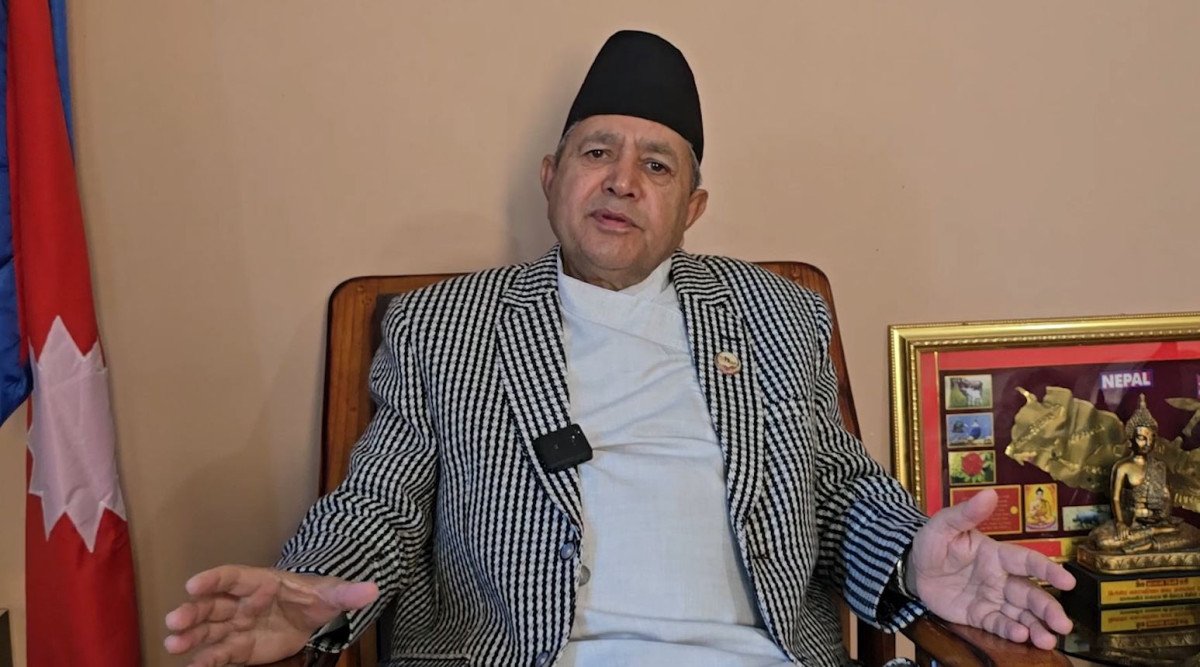
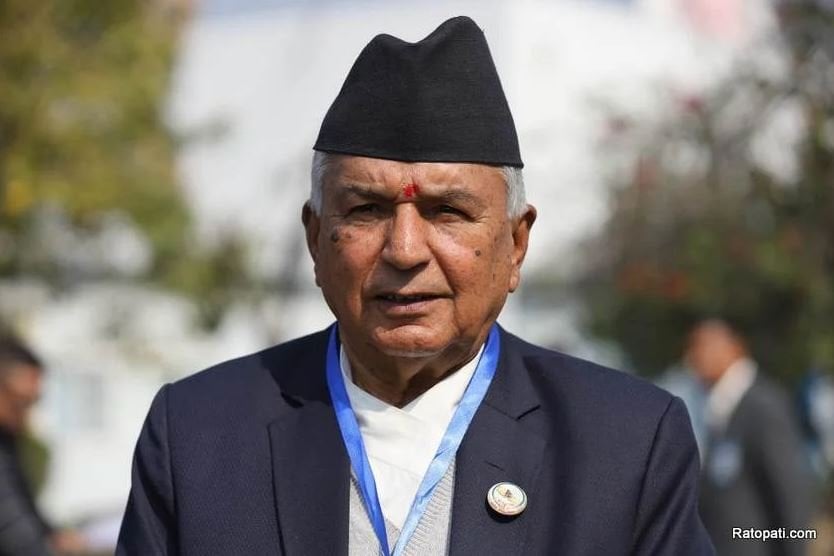



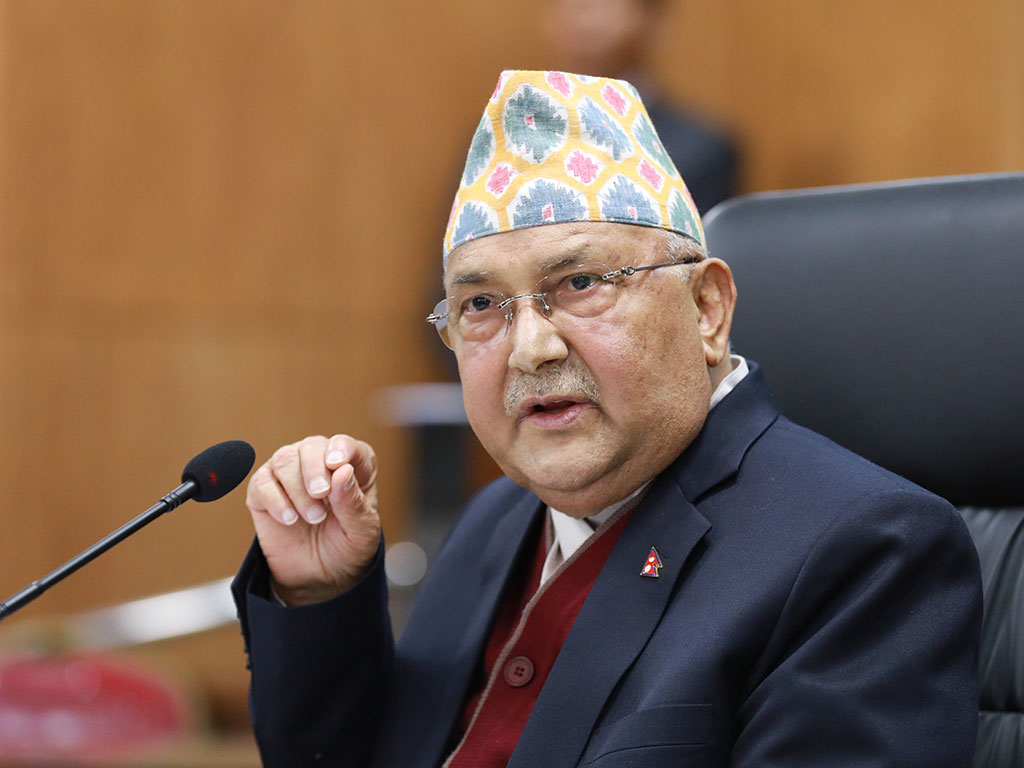
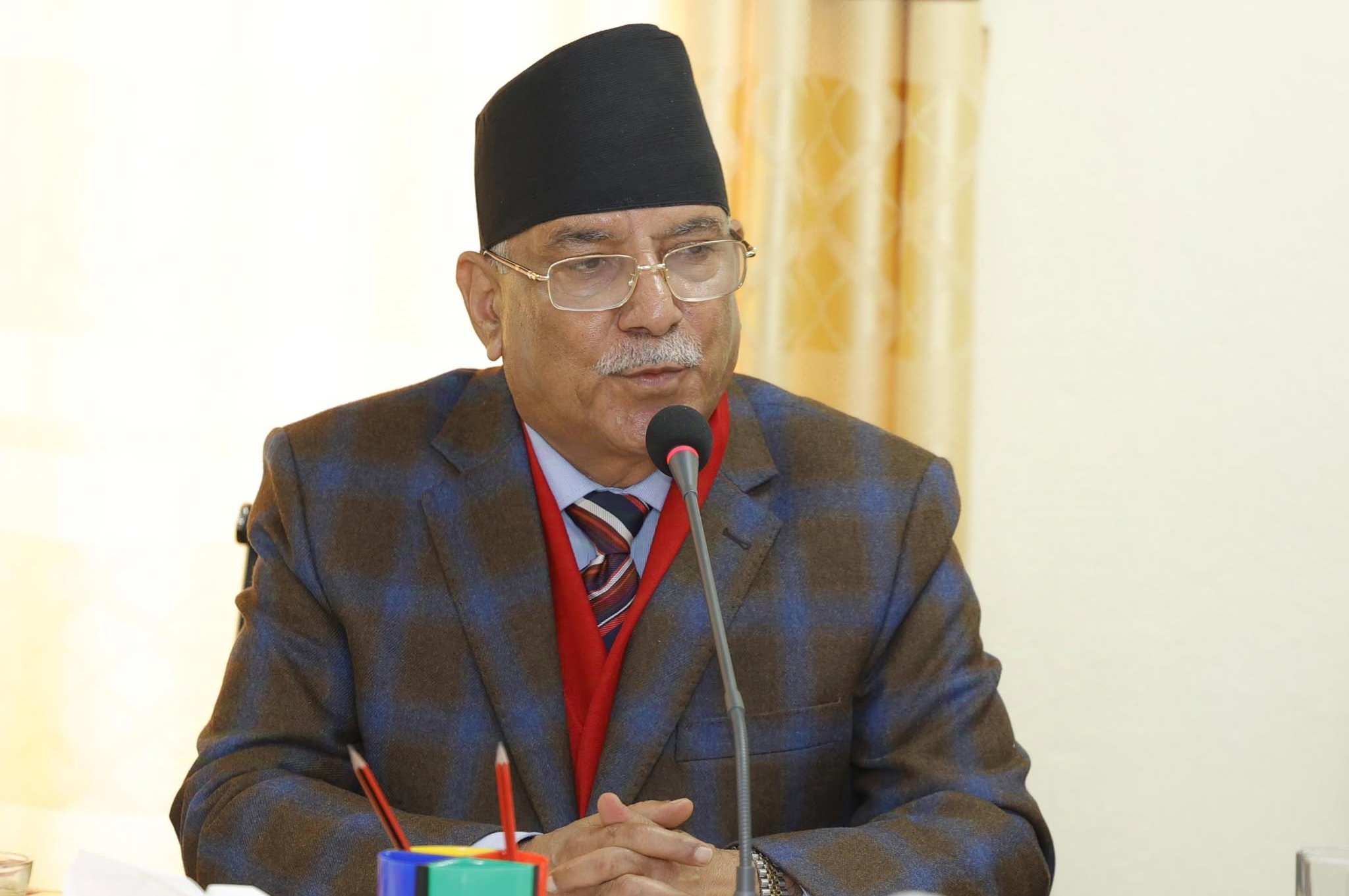
Leave Comment